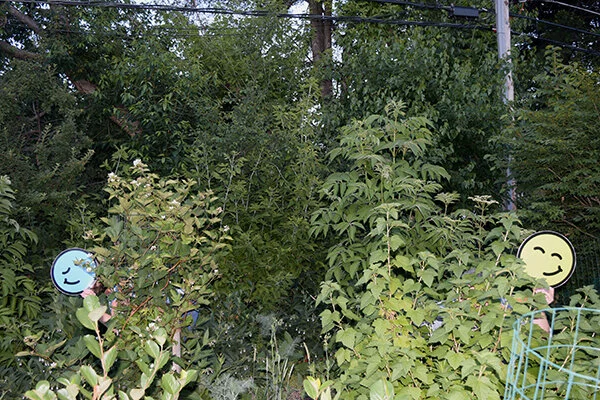"If you have a garden and a library, you have everything you need." - Cicero
From Lawn to Garden
In July 2000, we moved into 631 North Drury Lane and inherited a basic landscape that included a hastily planted row of dwarf conifers, yew, and azalea that were in the complete shade of a massive honey locust that blocked all sunlight. Dominating the landscape were six conifers — half of which were dying because they'd been planted too close to the house.
Other than a serviceberry tree my dad helped Mike establish, we planted a basic bed of herbs along the south garage wall and our first clusters of tulips and daffodils, which still return each spring. But for the next 10 years, our landscaping efforts focused on ornamentals, some hardscaping, and mowing the lawn. Two books that helped guide Mike's work during these years were James Fizzell's Illinois Gardener's Guide and Month-By-Month Gardening In Illinois. We really didn't think about food production, but we were learning the basics: planting, weeding, watering, and plenty of mowing. Lots of trial and error. But daylilies, hostas, and ferns were easy!
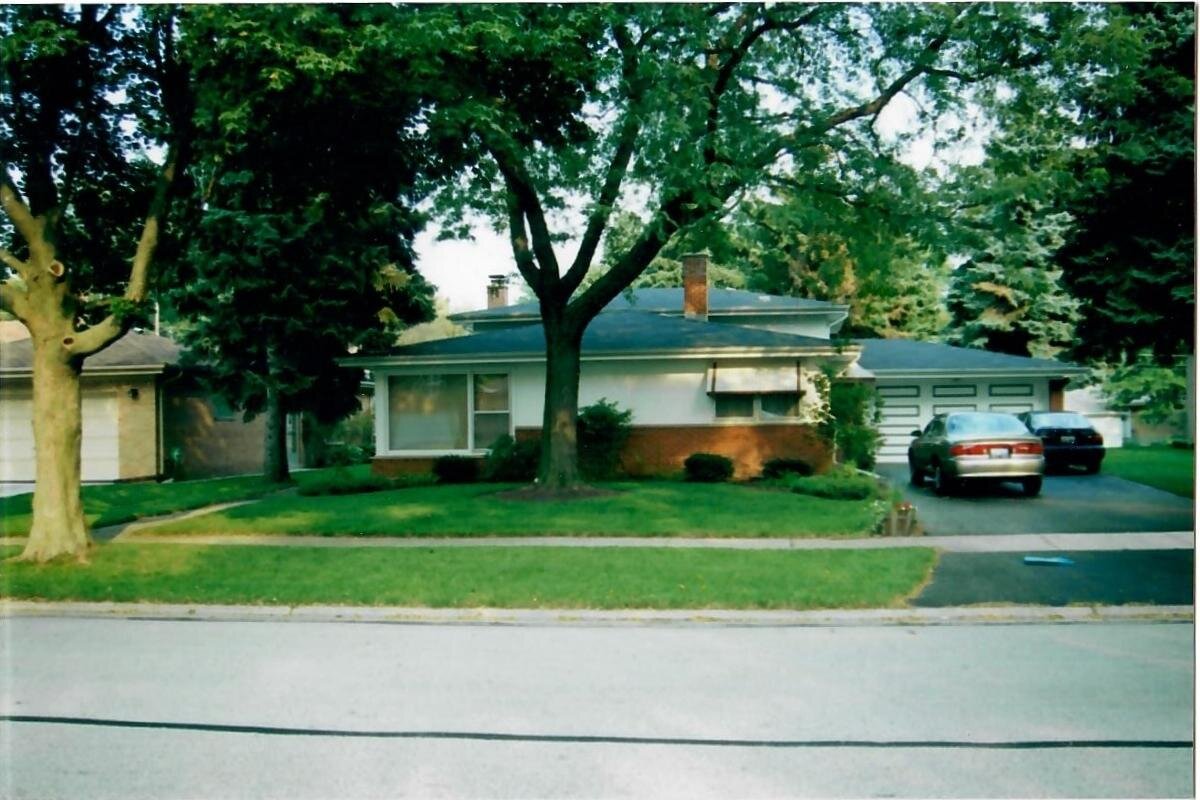
First landscaping
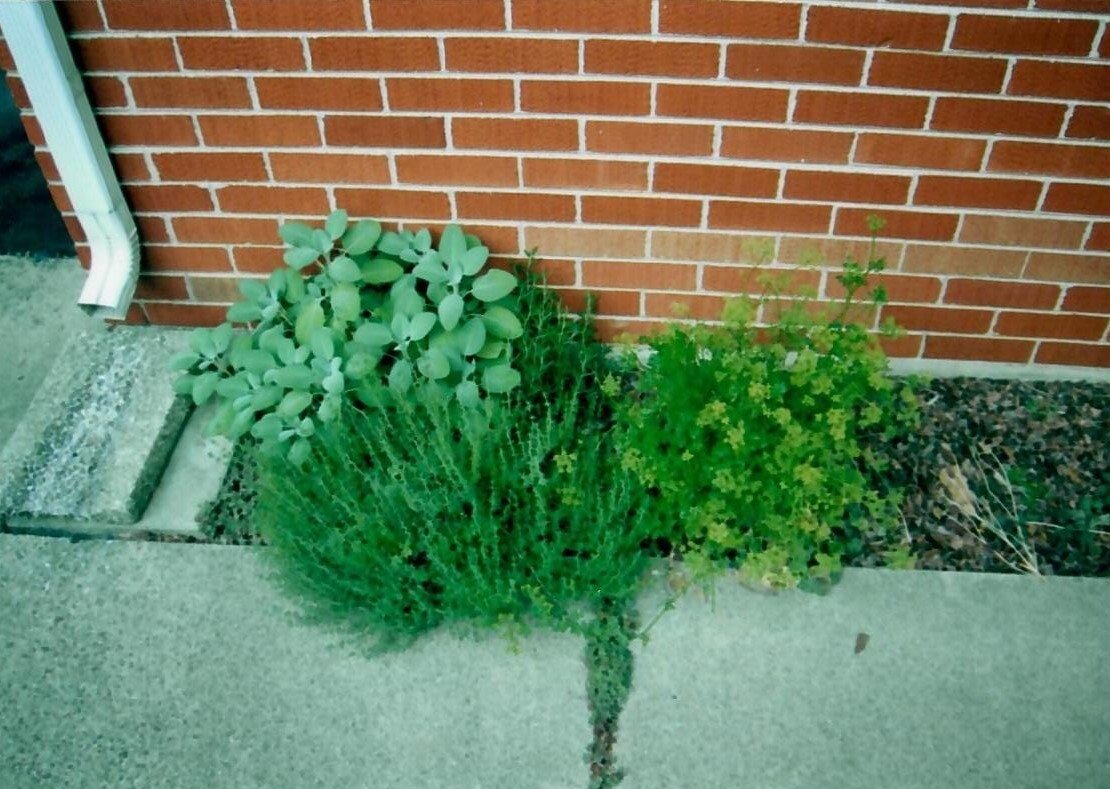
Parsley, sage, and thyme
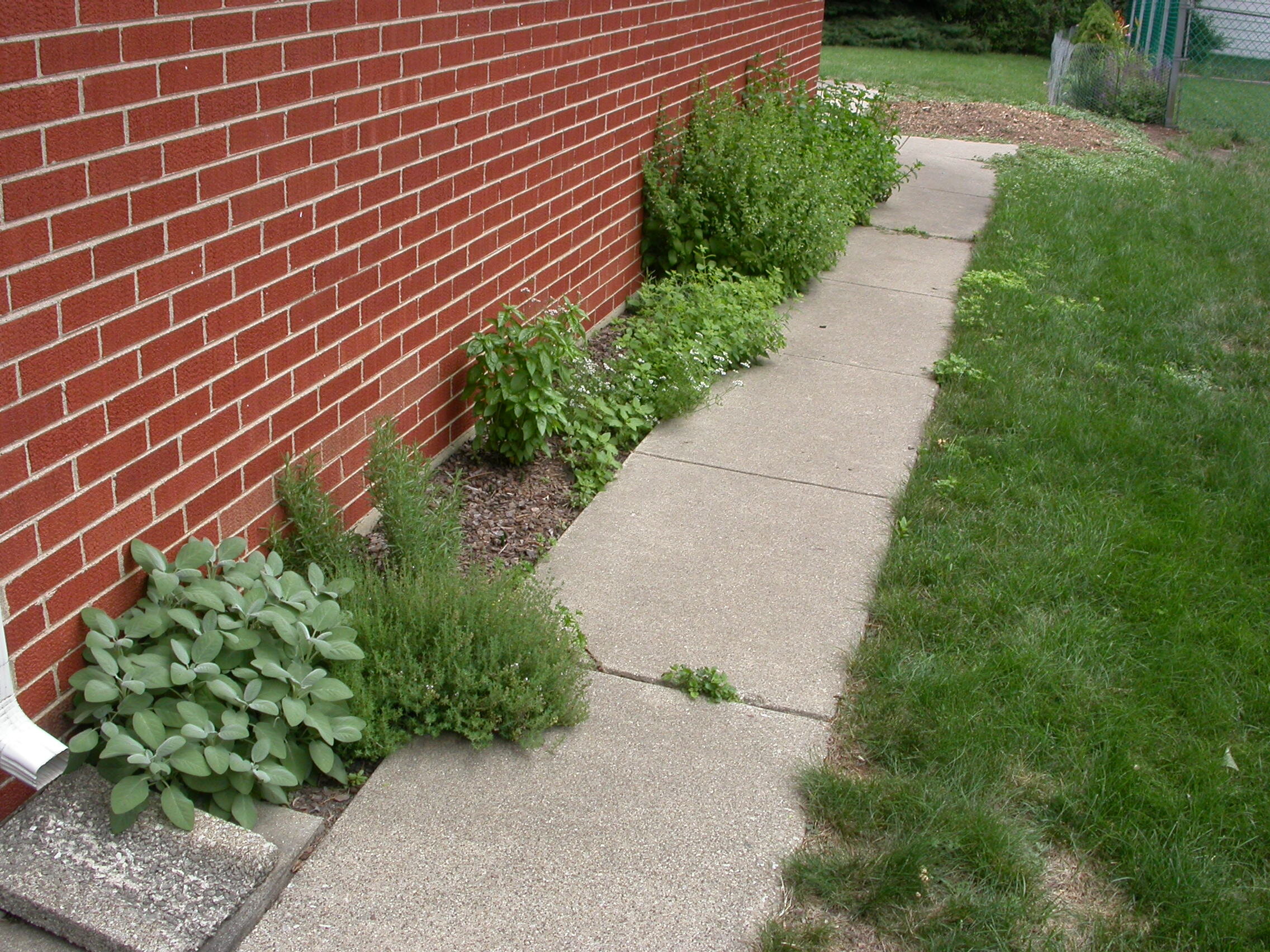
More herbs… more tending

Looking better in 2004
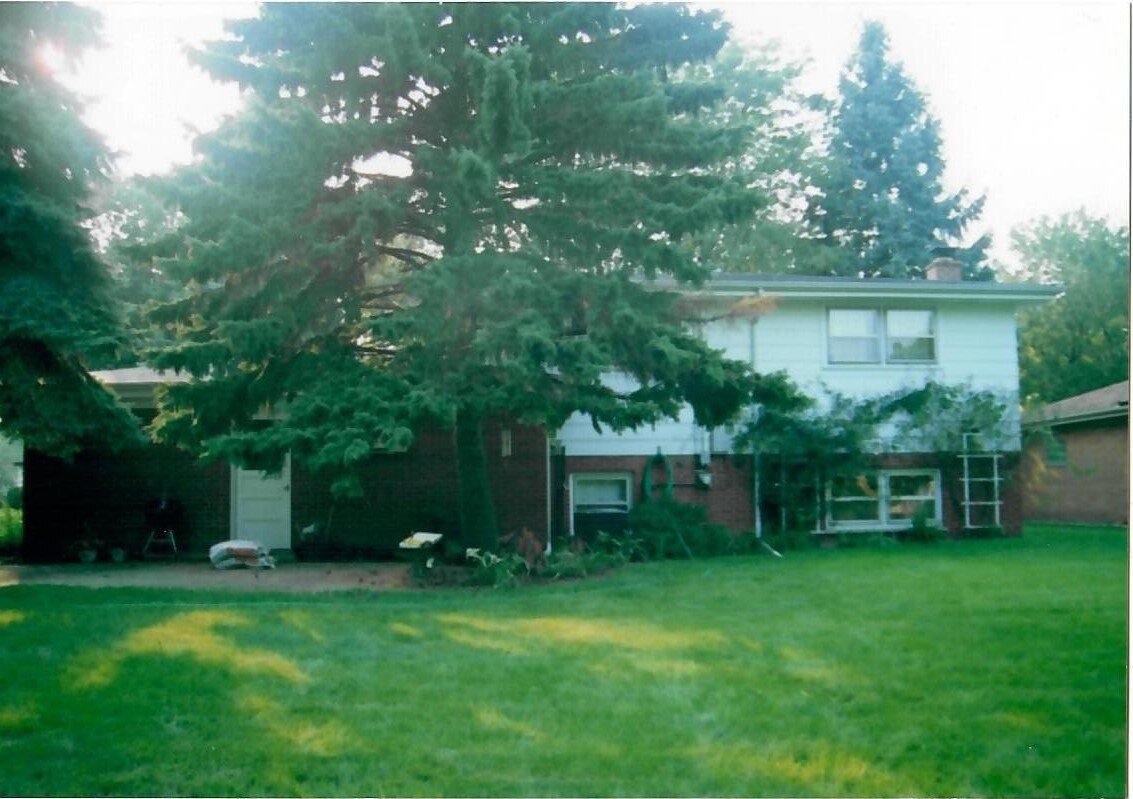
More like a cave patio in 2002
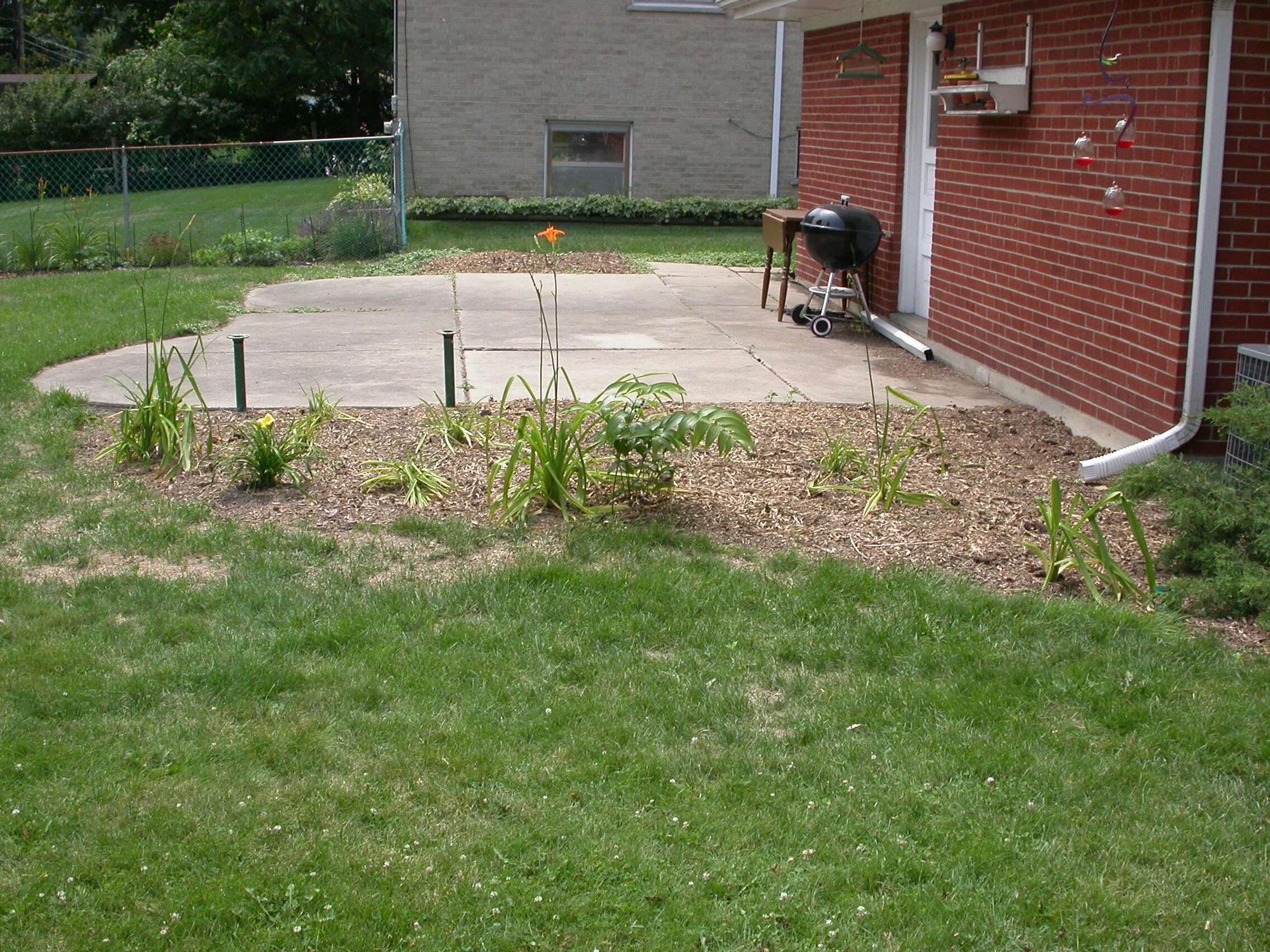
Open to the sky in 2003
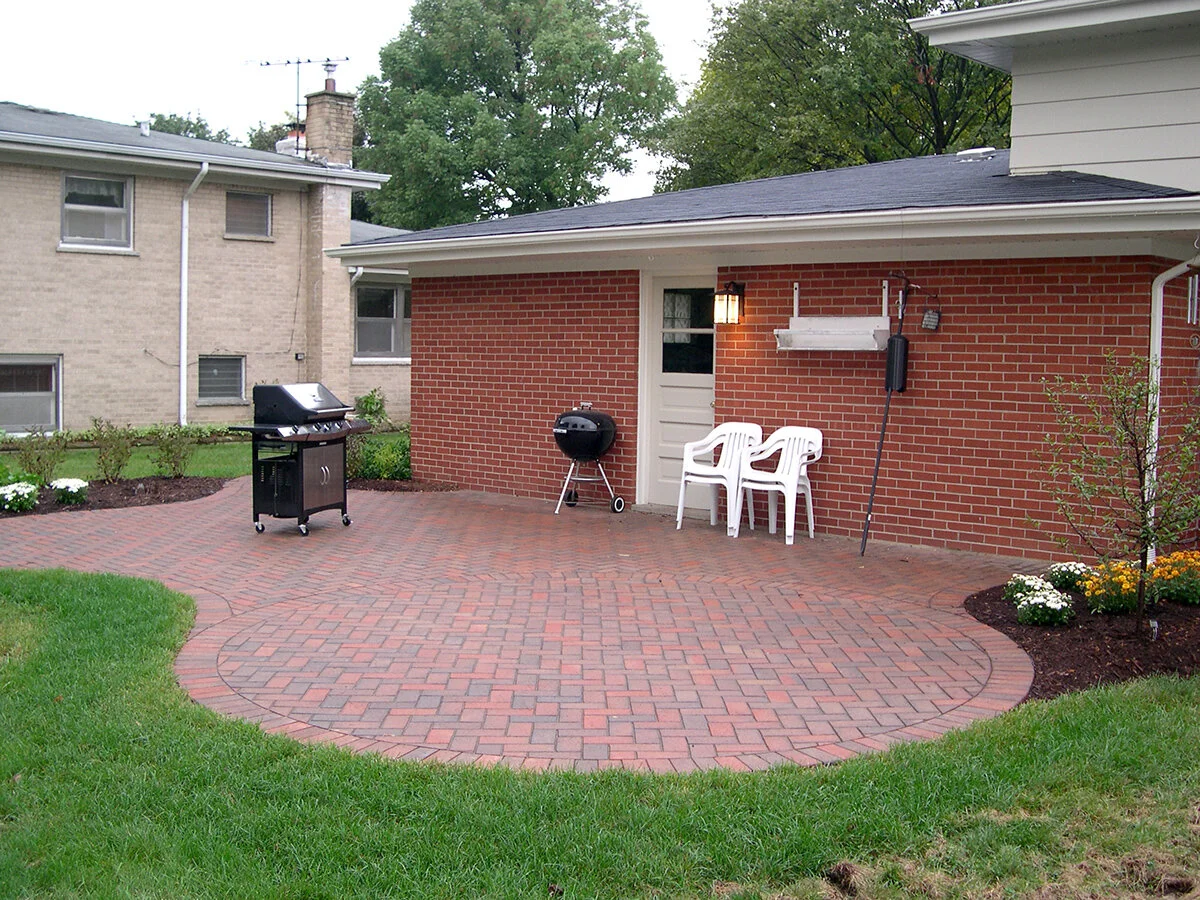
Beautiful brick in 2004
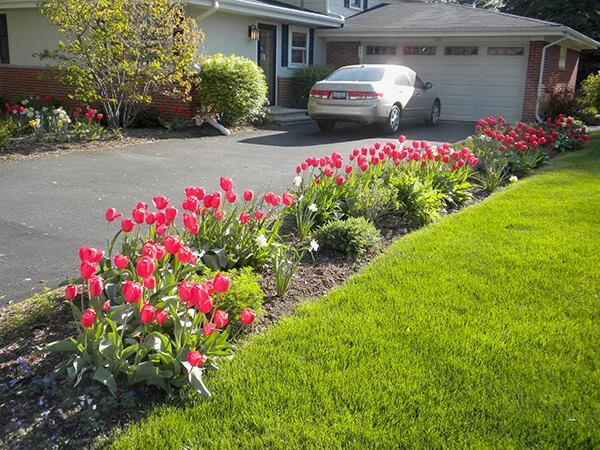
Cordless drill + auger = beauty
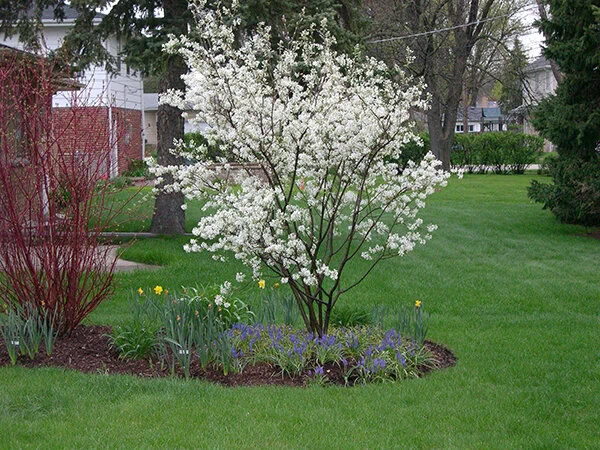
Springtime Serviceberry
Mike started listening to The Dirt Doctor on the radio back in 2007. His first post on the online forum asked about a solution for killing white grubs which were causing raccoons to dig up the lawn in the fall. That's when he first heard and read about beneficial nematodes and later about diatomaceous earth and milky spore as ways to combat Japanese beetles which had decimated both our delphiniums and bee balm.
Organic lawn care was really the start of our regenerative gardening practices: cutting the grass high using a mulching mower, not bagging the clippings, not watering by hand (or at all when the grass went dormant in the heat of the summer), and not using chemical fertilizers.
Mike started following the Dirt Doctor's advice to build the soil by using compost as a top dressing for the lawn, adding lava sand in beds to increase soil friability (he was never quite sure about its magnetic properties!), and applying corn gluten meal as a pre-emergent weed barrier for dandelions.
It wasn't until 2012 when one of the giant conifers in the back finally died that we decided to plant our first vegetable garden. That year, using traditional long rows and adhering strictly to the directions on the Botanical Interests seed packets, we enjoyed massively productive rows of kale, broccoli, spinach, leeks, and amaranth, even though a lot of things bolted!
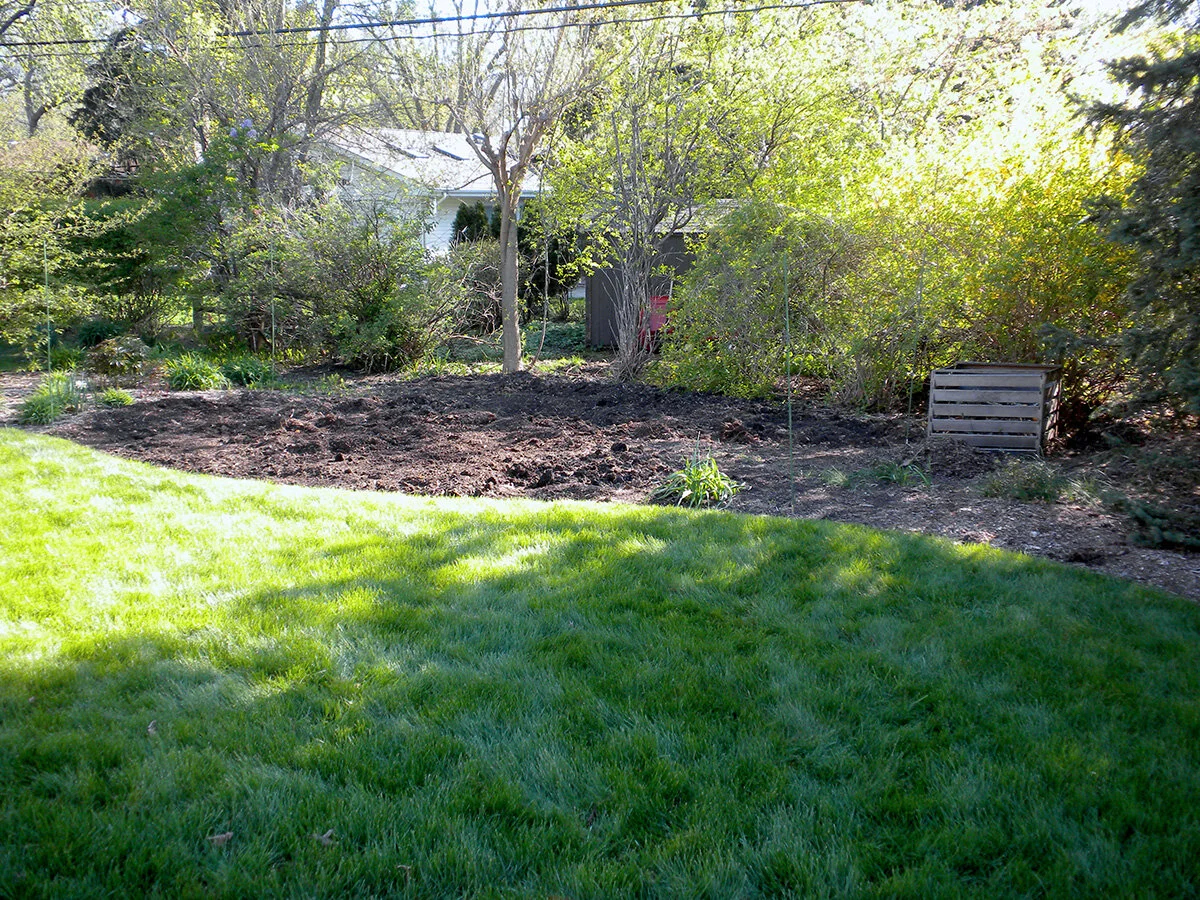
The first conifer dies…

The first garden grows…

… and grows…
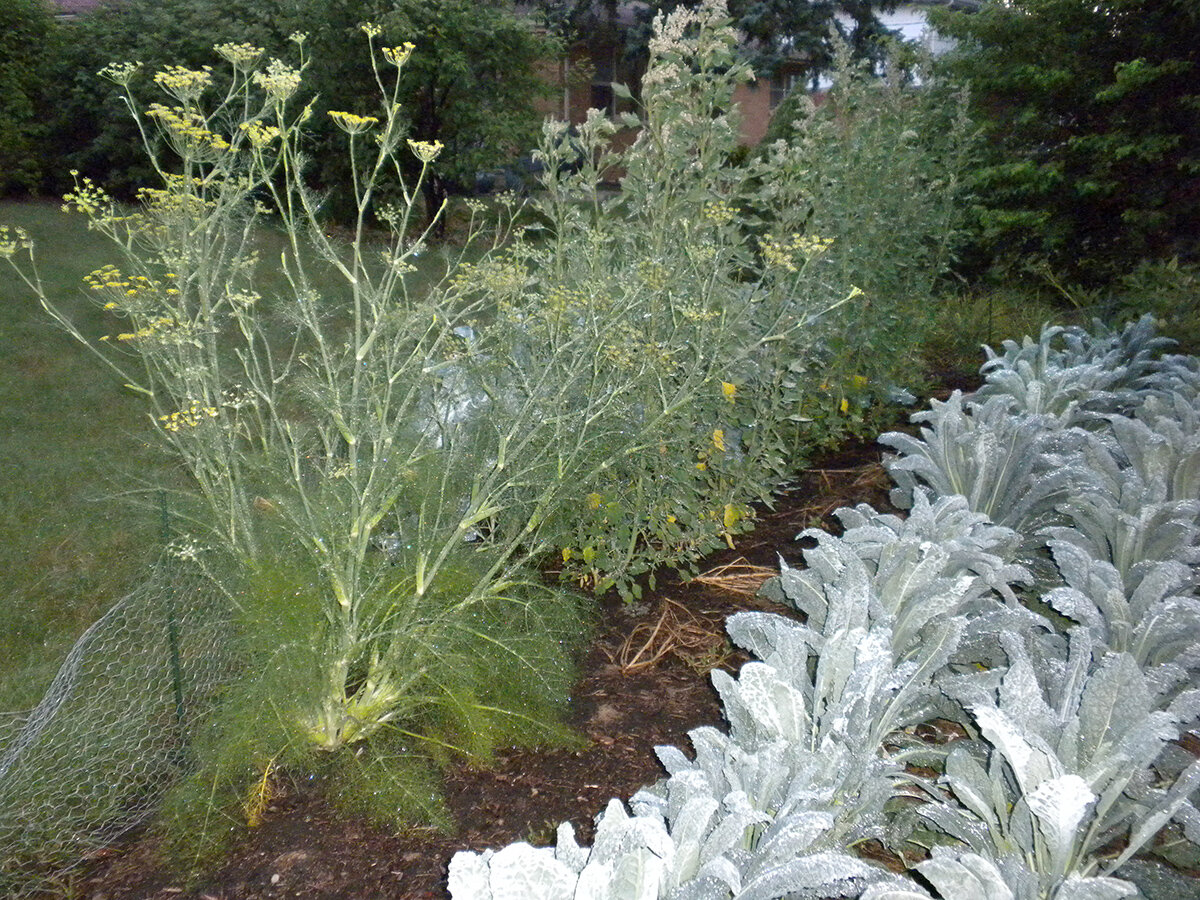
… and bolts!
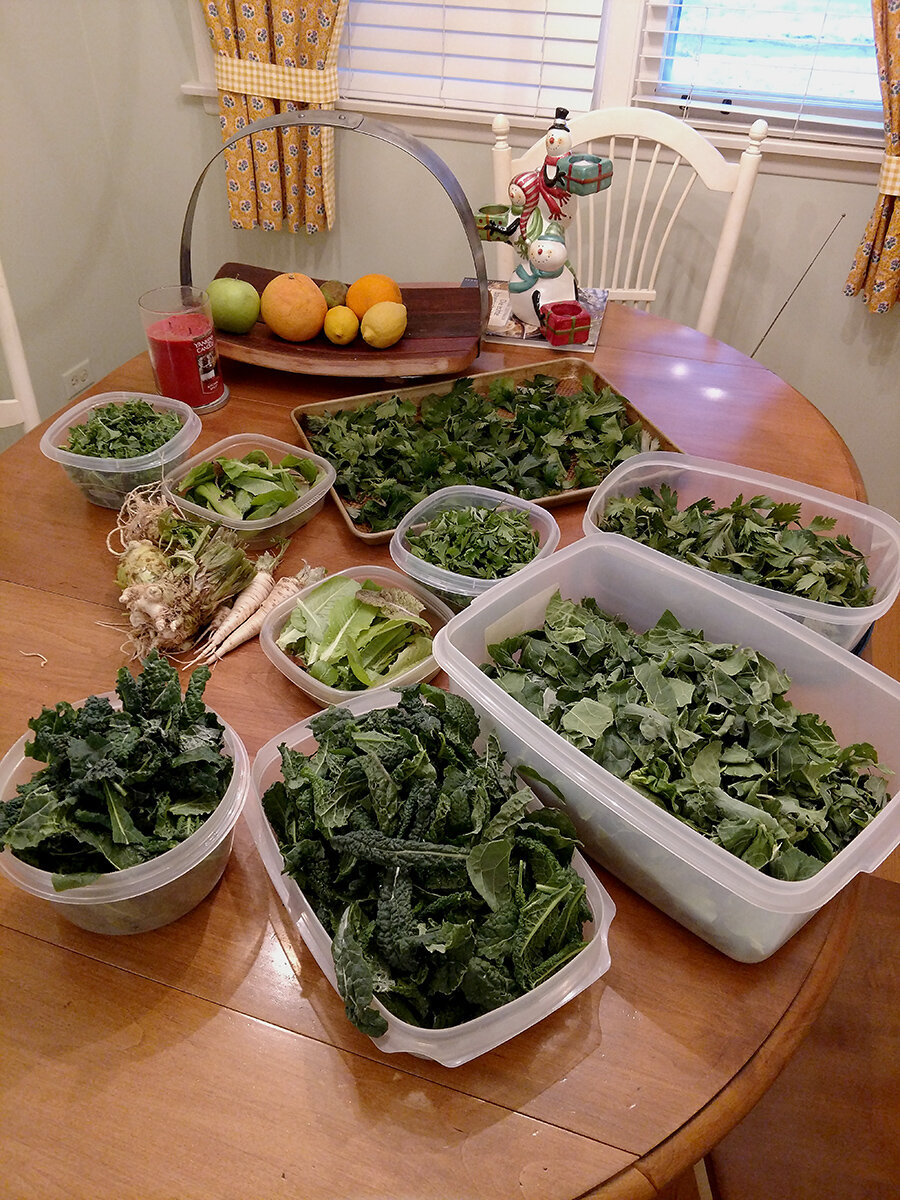
Worth the effort
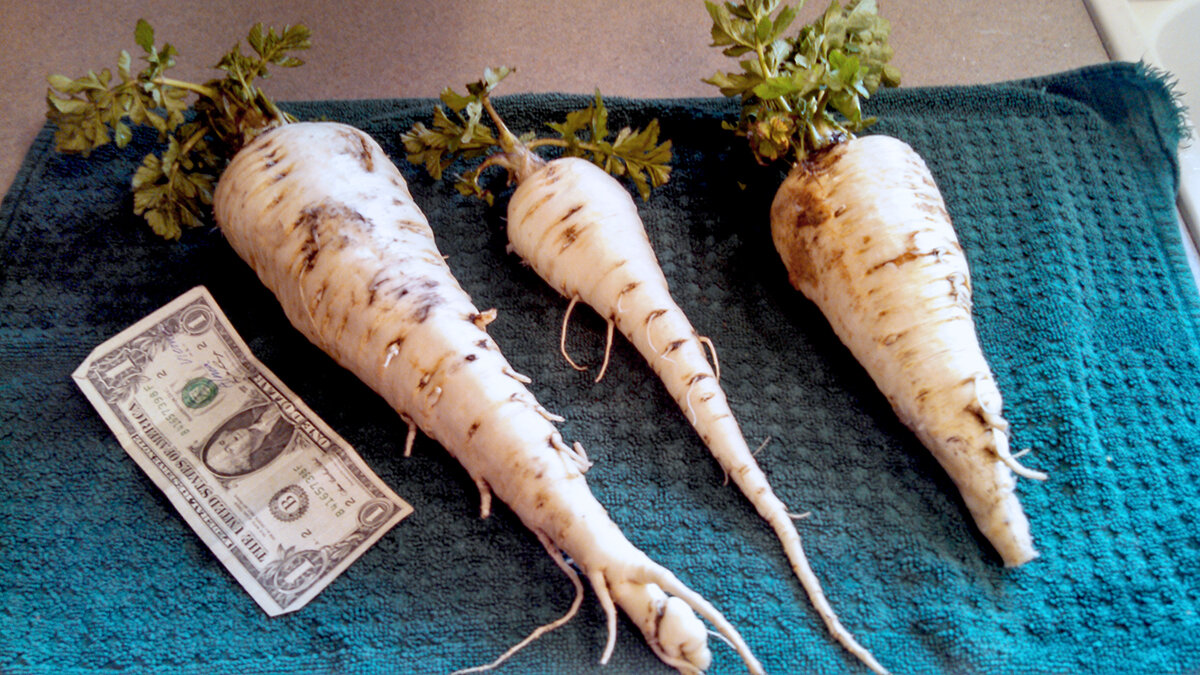
Destined for sugared roasting
Another major influence that linked our passion for food with our passion for growing it ourselves were the urban farms, farmer's markets, and farm-to-table dinners of the Chicago area. The farmer's market in Evanston got the ball rolling, but it was The Good Food Festival that really got us going—this is when we toured Growing Power in Chicago (which is where we first saw aquaponics in practice, mushroom growing, a massive indoor compost production process, and compost used to passively heat greenhouses.
The festival also allowed us to meet a lot of like-minded people who were selling their own food, talking about how they got started, and giving lectures on other topics that interested us, such as salting hams and beekeeping.
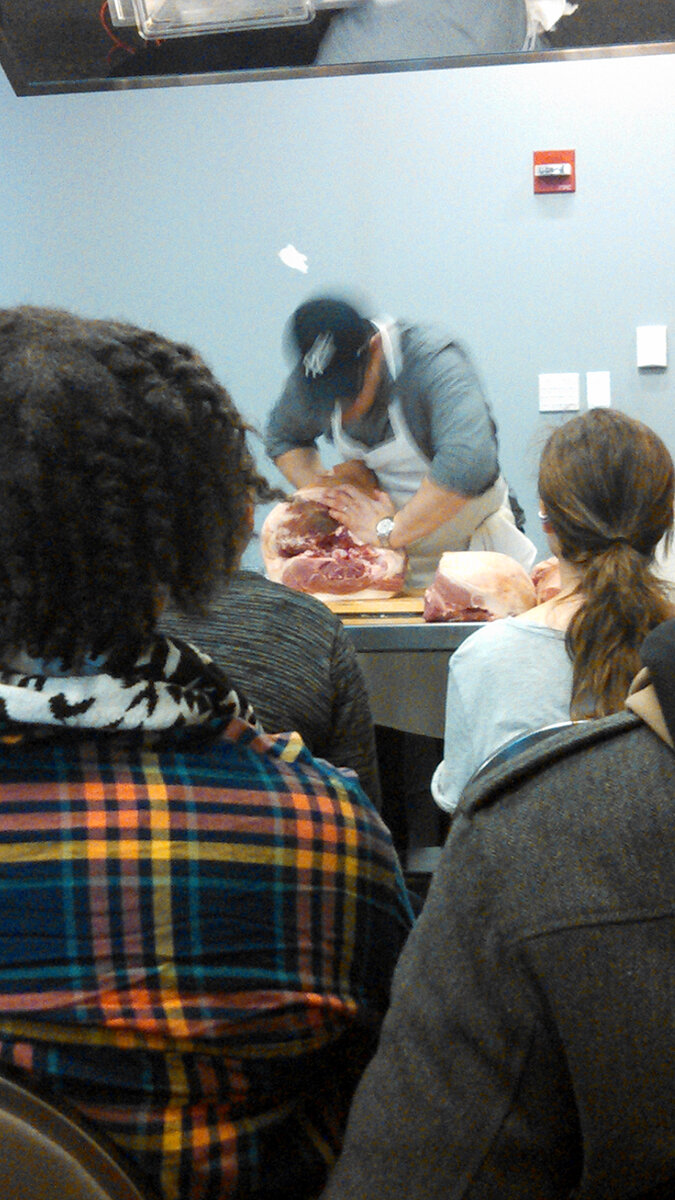
Salting ham
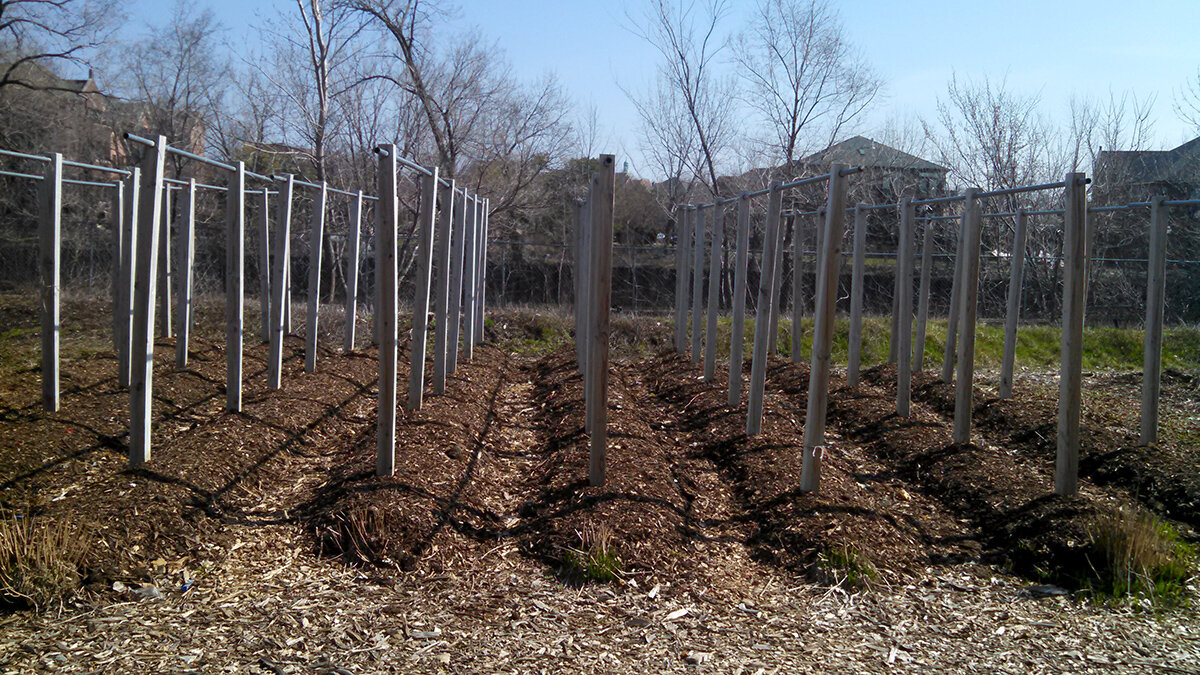
Growing Power's vertical structures
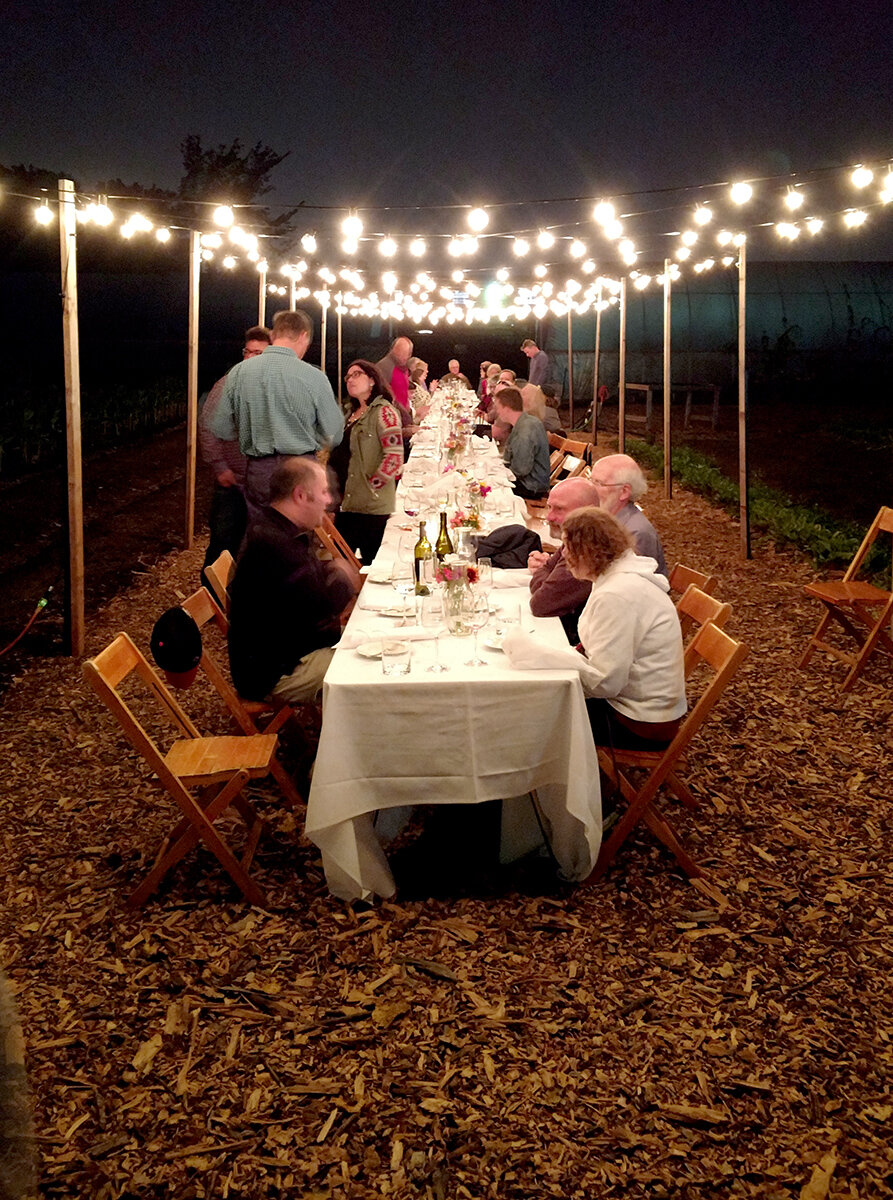
Talking Farm in Skokie
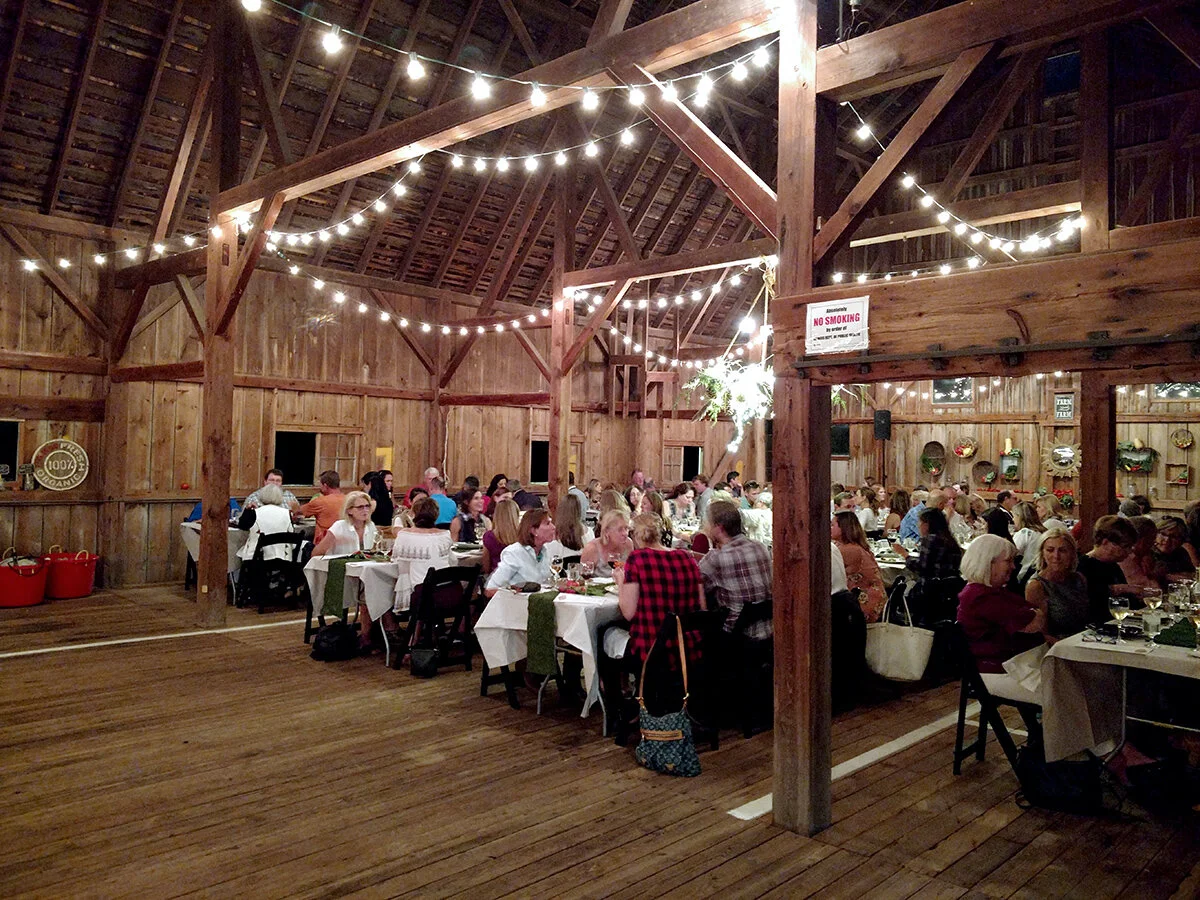
Smart Farm in Barrington
Over the years, we've expanded the landscape to include two more backyard vegetable and fruit gardens populated by the typical (tomatoes, peppers, cucumbers, and zucchini) and the atypical (burdock, celeriac, and sorrel). We’ve harvested breakfast from our serviceberry and made dessert tarts out of them in the summer. We've grown our own pumpkins. We've made our own tomato sauce with our own tomatoes, carrots, celery, onion, and garlic.
We’ve taken care to nurture our vegetables with natural approaches such as compost and dynamic accumulator plants (such as comfrey) to build healthy soil, biological controls such as nematodes and predatory wasps to ward off pests, intensive plantings and sheet mulch to suppress weeds as well as limit the need for watering, and organic fertilizers to encourage plant growth.


